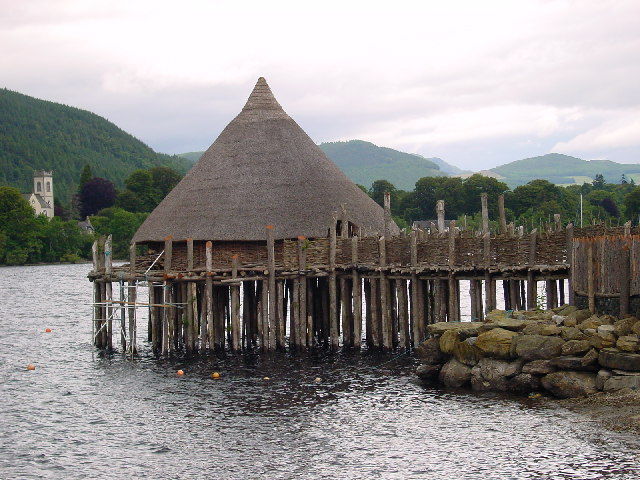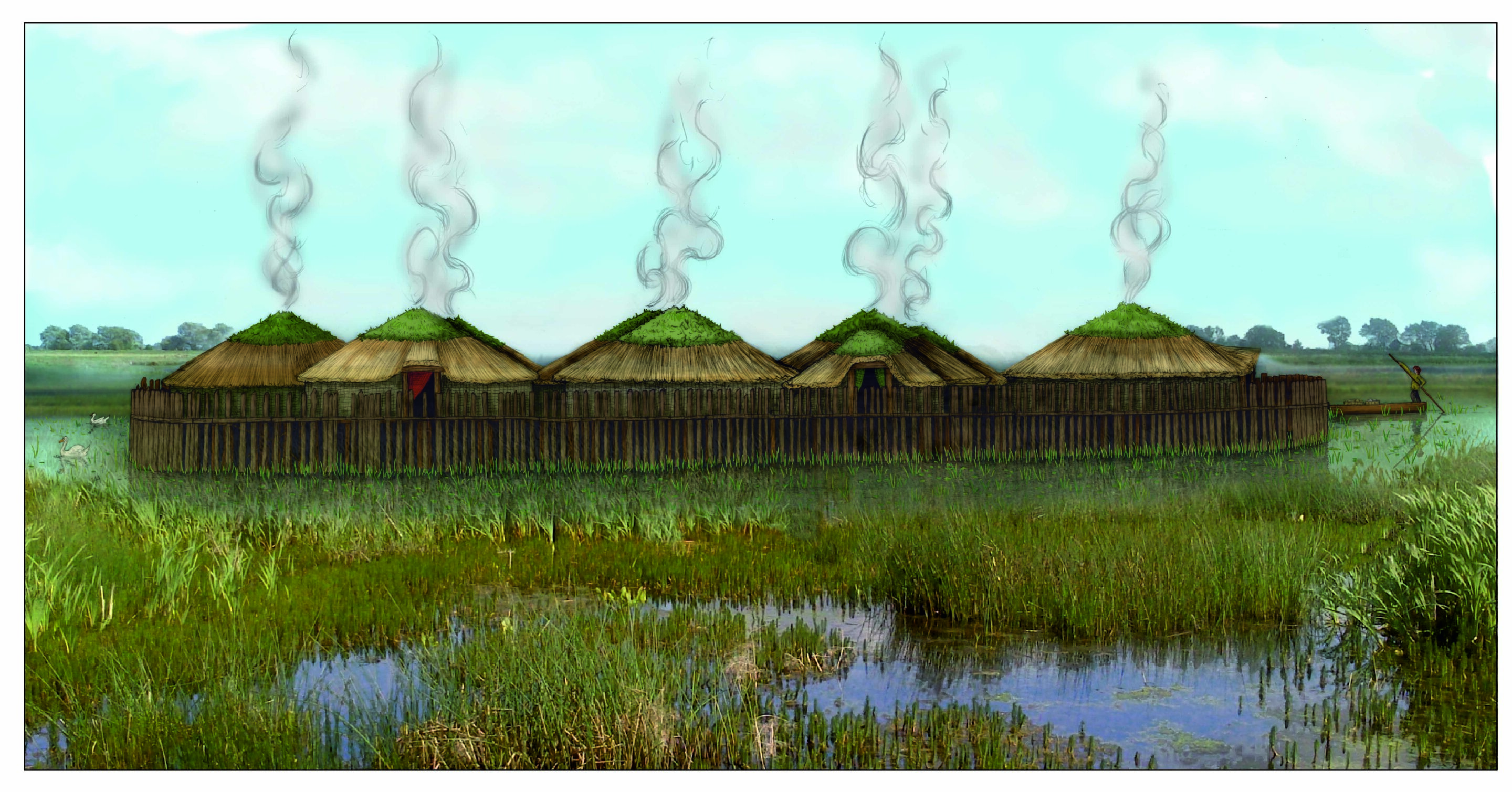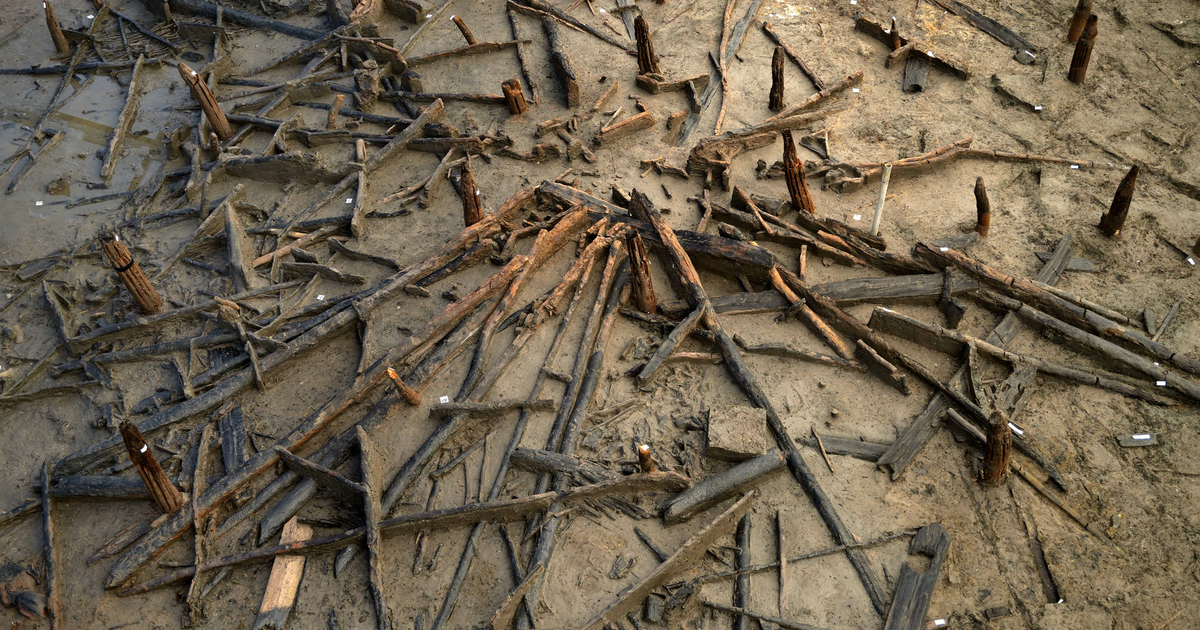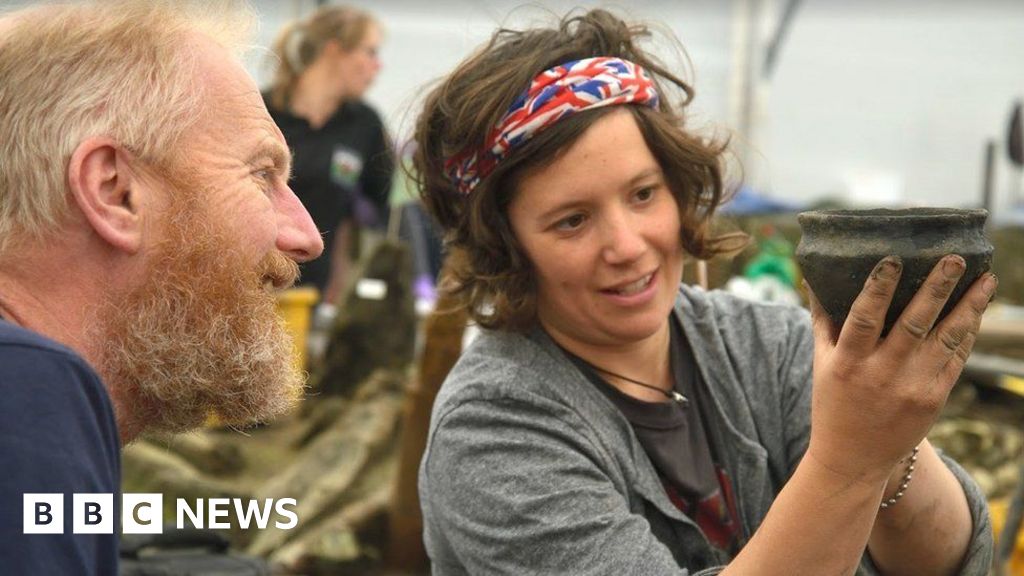@Vertigo and @The Judge ---- pernickity people that you are, you are both the sort of people which are looking to learn something more than simply being entertained, which makes you part of a very small minority. Here in the states even the "news" programs are really more interested in being entertaining for the sake of ratings. And do you really think that television will ever set the bar so high as to need University to understand what's being said. Plus, visual arts loves atmospheric mood shots. If you can do it, they reason, why not?
..... I know, I'm being preachy, put it off to having a bad day. (Okay?) ....
..... I know, I'm being preachy, put it off to having a bad day. (Okay?) ....






